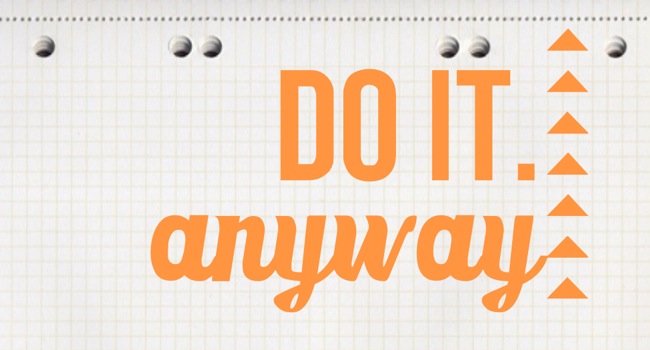
Who’s your Coach in Team U
Hey, you said you wanted something more, something different, something better in your life. That’s where a coach comes in handy!
I mean it’s so easy to get researching, analysing, discussing, reading, investigating, addressing any risks or potential to fail, planning…. and the list goes on and on and on and on. What happens? Nothing. You make minimal or no impact on your life, you just learn a lot of new information and waste time with endless details and searches. You stay well within your comfort zone and life goes on……..just as it is.
Working with a coach means you get someone’s 100% attention on what you want to achieve – new direction, greater authenticity, action planning, job promotion, new habits or motivation and courage to move forward in some other way. They will help you progress from analysis paralysis, being overwhelmed and going in circles of data, research and procrastination, to taking action and making real change happen.
Your coach is there to provide a safe and supportive environment to explore, understand and clarify each step, behaviour and action. Not only do they offer non-judgmental challenge, through open questions and application of their skills in understanding others, they also bring an intense belief that you can truly do whatever you set out to do. (ok, they’re not going to let you do anything dangerous or illegal, but that’s the exceptions to the rule!)
They can also act as an accountability partner for you – celebrating your successes and sharing your pain at the failures as well as enabling you to understand what made those outcomes happen and how to replicate or avoid them in the future.
If you’d like more info on how I work with people as a coach, pop over to b-coach page.
What would you love a coach in your team to help you with? Shout them out below or over on Facebook and see what this coach has to suggest!



1. Unnecessary banter/chat/noise. 2. Uh-oh…